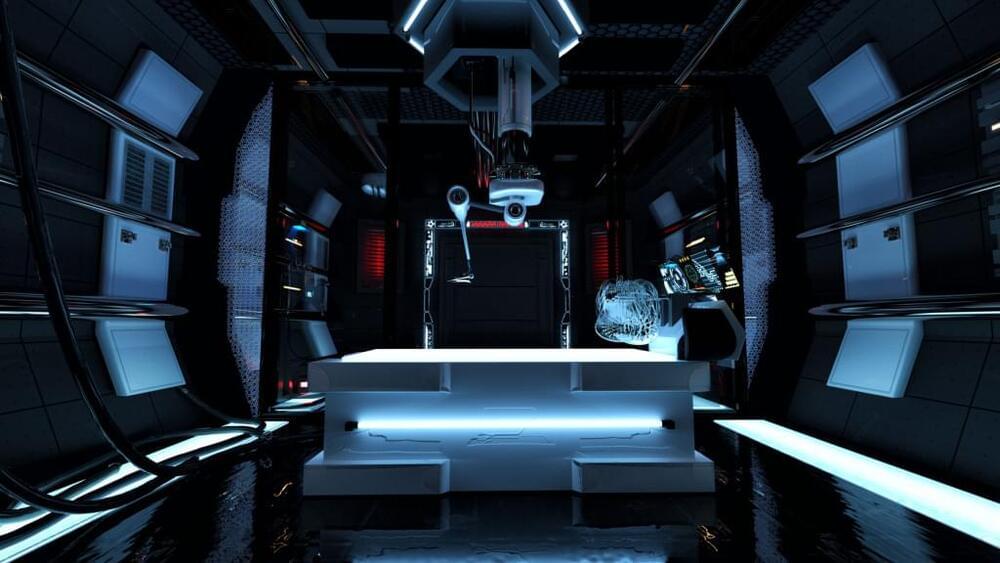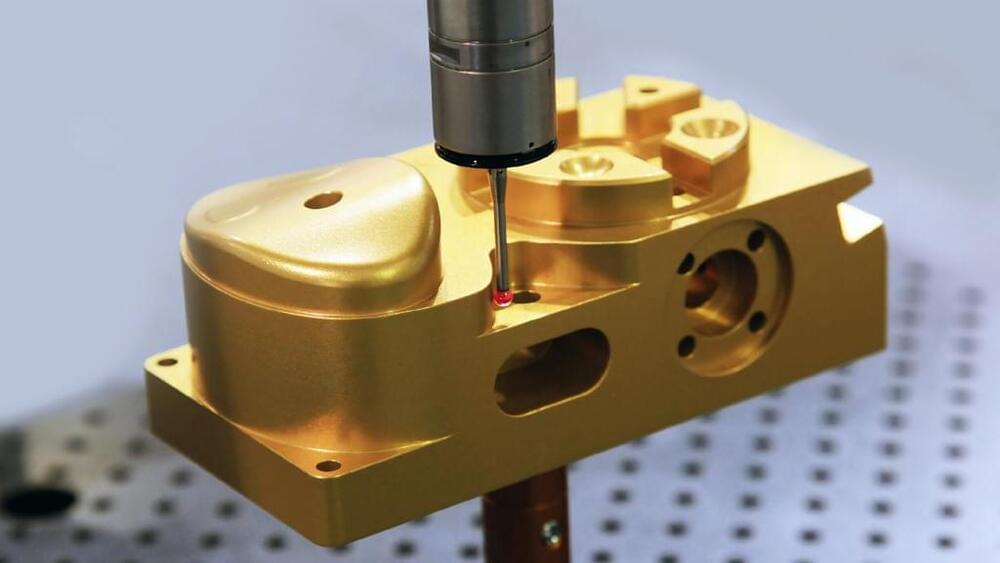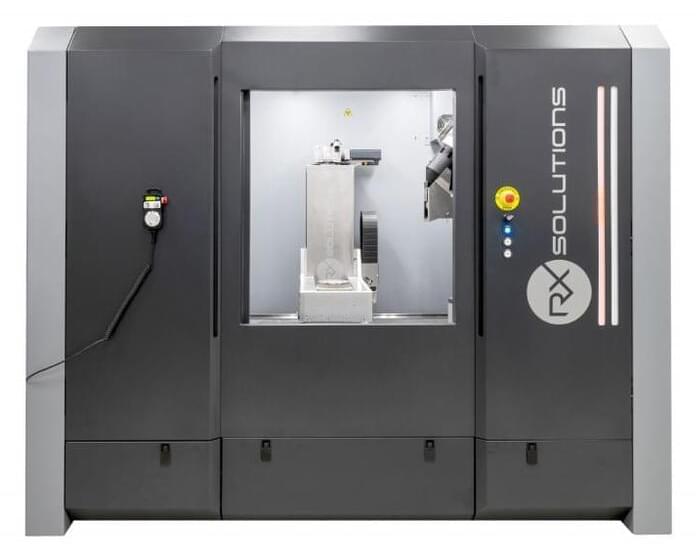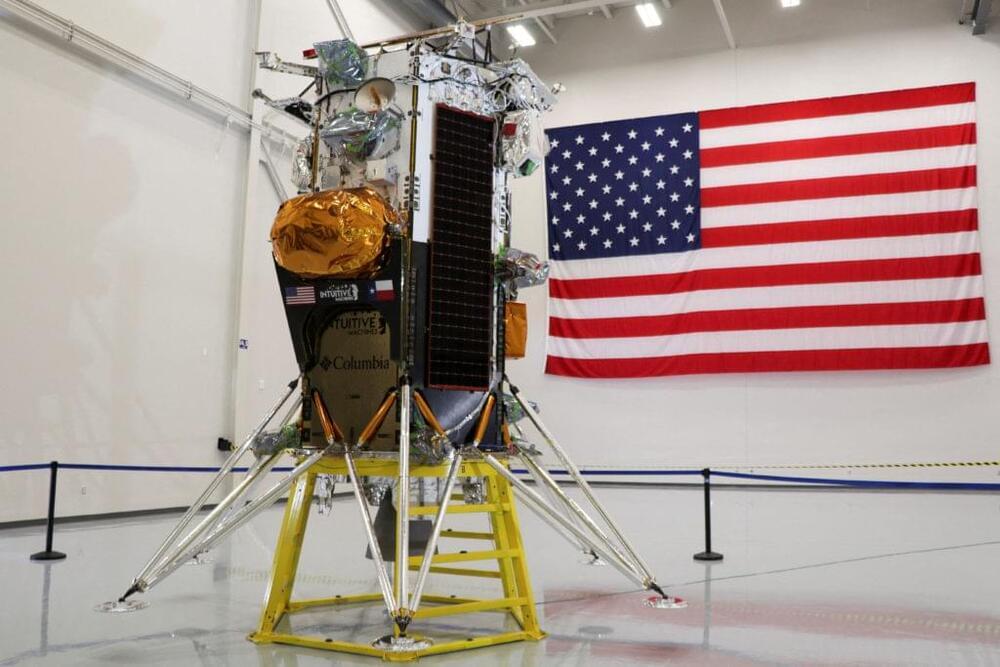Traceability and Compliance: In an era where transparency and accountability are paramount, metrology will contribute to the traceability of products throughout the supply chain. This is crucial for compliance with regulations and standards, as well as for addressing concerns related to product recalls and safety.
The Future is Metrology!
The manufacturing landscape of 2050 will be shaped by a convergence of technologies that optimize processes, enhance efficiency, and reduce environmental impact. In this transformative journey, metrology emerges as a key enabler, ensuring the precision, reliability, and quality of products in an increasingly complex and interconnected manufacturing ecosystem. As we look towards the future, the role of metrology will continue to evolve, driving innovation and setting new standards for the manufacturing industry.








